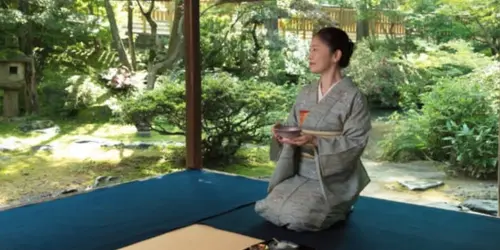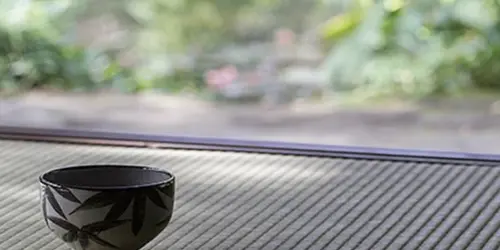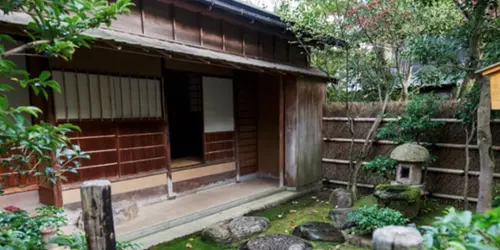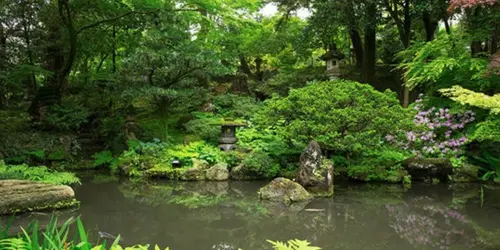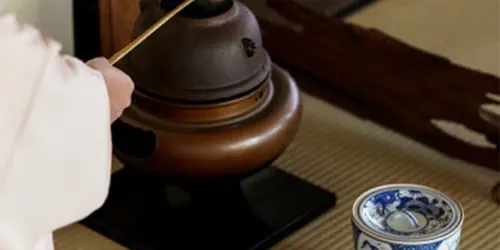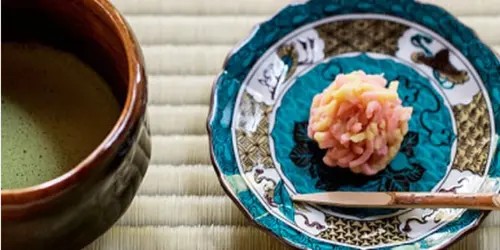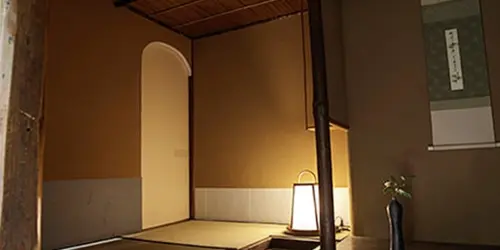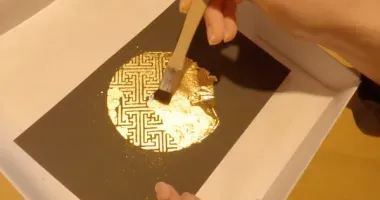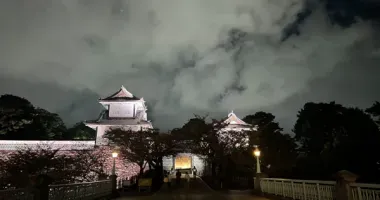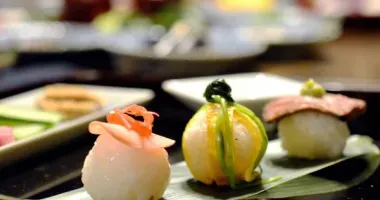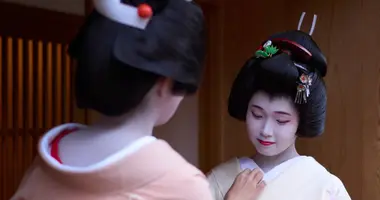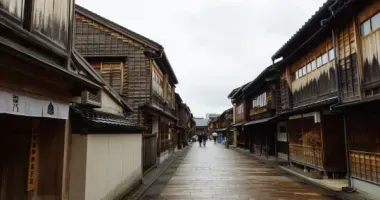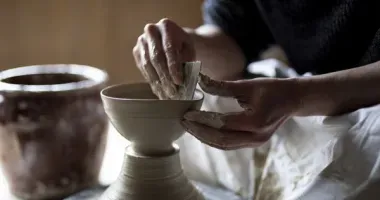Tea Ceremony in Kanazawa
- Kanazawa
- English
- 1 hour
- Youtube
Where to experience an authentic tea ceremony in Kanazawa?
- A traditional Japanese tea ceremony in the heart of Gyokusen-en Garden, Kanazawa
- Learn the core principles of harmony, respect, purity, and tranquility in a peaceful, natural setting
- An educational and hands-on experience, with the chance to prepare your own matcha under the guidance of an experienced tea master
Available Language: English
Activity Type: Cultural workshop
Duration: Approximately 45 minutes to 1 hour
Meeting Point: Kanazawa, Gyokusen-en Garden
What is a tea ceremony?
The tea ceremony (chadō or chanoyu) is much more than simply drinking tea: it is a Japanese art based on the harmony of gestures and appreciation of the present moment. Every action, from using the bamboo whisk (chasen) to preparing the matcha, carries a symbolic and spiritual meaning. This ritual expresses Japanese culture, cultivating respect, purity, and tranquility, while establishing a deep connection with nature.
Kanazawa, a city with a long tea tradition
Kanazawa, located in Ishikawa Prefecture, is one of Japan’s most iconic cities for experiencing an authentic tea ceremony. With its historical Higashi-Chaya district and traditional teahouses, the city is a key destination for discovering Japanese tea culture. The region is also known for its production of green tea, including Kaga-bocha and Kanazawa-hojicha. Japanese gardens, such as Kenrokuen, offer a perfect setting for this ritual. The Gyokusen-en Garden, located in central Kanazawa, is an ideal place to enjoy an authentic tea ceremony, surrounded by the natural beauty of the seasons.
The exceptional setting of Gyokusen-en Garden
Gyokusen-en is a traditional Japanese garden dating back to the Edo period, created in 1640. It covers 4.3 hectares and features a beautiful central pond, stone bridges, and carefully tended seasonal vegetation. The tea ceremony, held in a dedicated teahouse (chashitsu), allows you to appreciate the beauty of each season. In spring, you'll be amazed by cherry blossoms; in autumn, by the warm-colored foliage.
A welcoming and educational experience
Matcha is prepared in a calm, meditative atmosphere using a chasen (bamboo whisk) and precise technique. After enjoying a bowl of matcha made by your host, you’ll have the chance to try preparing your own. The hosts at Gyokusen-en are both friendly and knowledgeable, guiding you with patience and expertise. You’ll learn the key principles of chadō: Wa (Harmony), Kei (Respect), Sei (Purity), and Jaku (Tranquility), which underlie every gesture in the ritual.
How to behave during the ceremony?
Respect is essential in Cha no Yu.
Guests remain silent, listen to the master's instructions, and bow to the host.
- Do not wear perfume
- Wear simple clothes and socks
- Observe the boiling water and the master’s gestures
- Hold the tea bowl in both hands, turn it before drinking
- Express gratitude with humility
Every detail follows the refined codes of this Japanese art.
If you visit Kanazawa, don't miss this unique experience
The Japanese tea ceremony is one of the country’s most important cultural traditions, and Kanazawa offers one of the best settings to experience it. Unlike Kyoto, where ceremonies can be difficult to book, Kanazawa offers a more intimate and accessible experience. It’s a chance to enjoy an authentic tea ceremony in a peaceful, natural Japanese garden, guided by passionate and welcoming experts.
Additional Information
The ceremony is conducted in English.
What’s Included:
- Tea and wagashi
What’s Not Included:
- Hotel pick-up
Cancellation policy:
- Up to 7 days before: Free cancellation (0% fee)
- Between 7 days before and 5:00 PM the day prior: 50% fee
- After 5:00 PM the day prior and same day: 100% fee
※ Things to know before booking
Due to high demand, especially during peak season, availability is limited and we reserve the right to suggest a different date or time if the requested time slot is unavailable. Please regularly check your email. If we cannot fulfill your request, we will provide a full refund.
